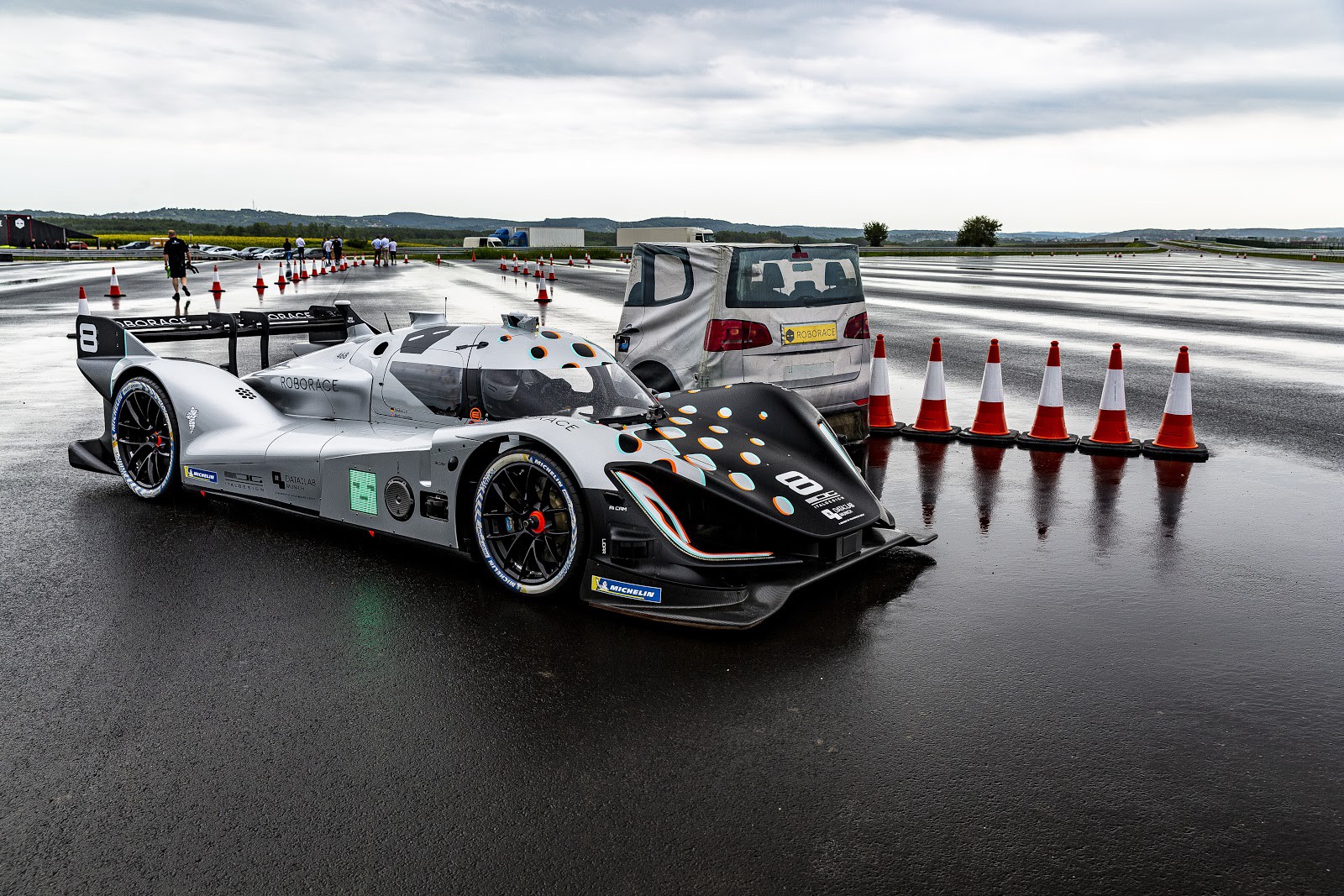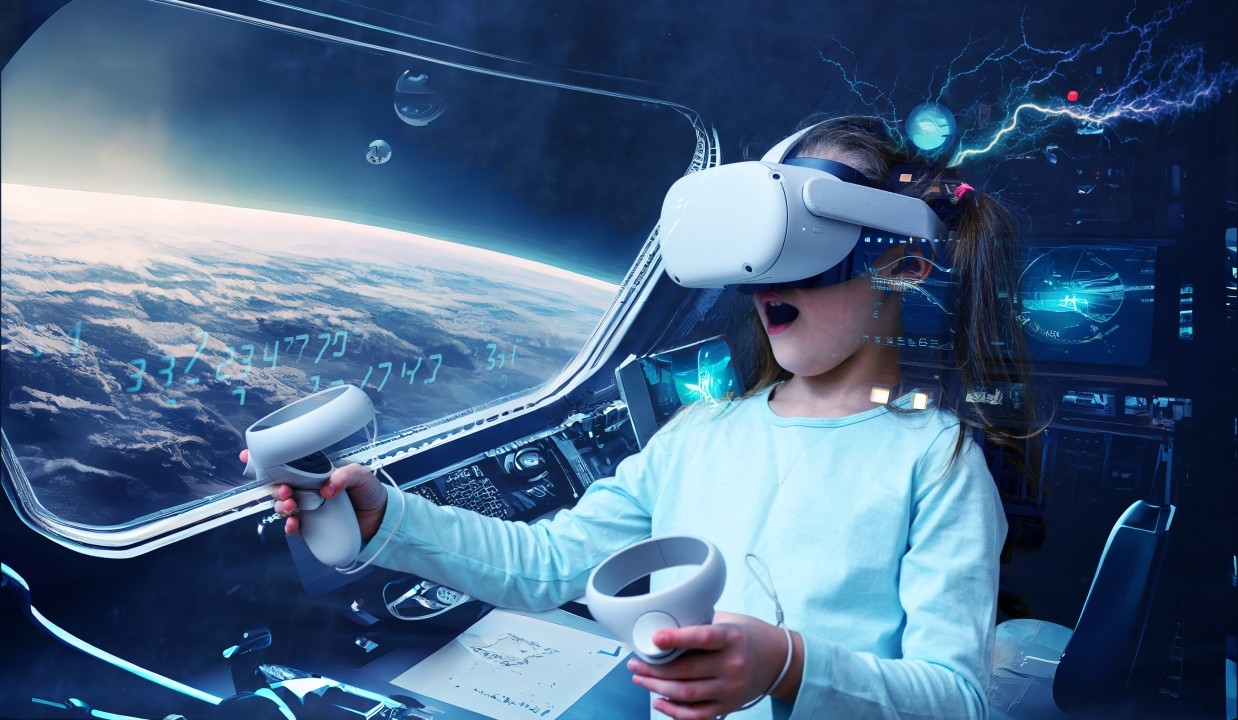
The Impact of Machine Learning in Racing
Machine learning is a rapidly growing field that has the potential to revolutionize the way we approach many different industries, including racing.
Machine learning (ML) is being used in a variety of ways in racing, including data analysis, the development of autonomous cars, the simulation of races, and the broadcasting of races. It is a powerful tool that can be used to improve the performance of cars, predict the behavior of tracks, and optimize the driving strategy of drivers. ML can be used to predict when a car might need maintenance, such as when a tire is likely to wear out or when a part is likely to fail.
As the technology continues to advance, we can expect to see even more ways in which machine learning is being used in racing in the future.
In this article, we will explore the ways in which machine learning is being used in racing and what the future of this technology might look like.
What is Machine Learning?

Source: MIT Sloan
Machine learning is a subset of artificial intelligence that involves the use of algorithms to enable computers to learn from data and make predictions or decisions without being explicitly programmed. It can be used to personalize the driving experience for individual drivers. Machine learning algorithms can be leveraged to analyze large amounts of data and identify patterns that would be difficult or impossible for humans to detect. This makes machine learning a powerful tool for solving complex problems in a variety of industries.
How Machine Learning is Revolutionizing Racing

Machine learning can be used to analyze data from sensors on cars to identify and predict potential hazards on the road. This can be used to improve the safety of self-driving cars and also to assist human drivers in making safer decisions. Machine learning algorithms can be used to optimize the performance of cars, such as by predicting the most fuel-efficient routes or identifying areas where a car is losing performance. This can lead to significant improvements in fuel efficiency and overall performance. Here are 4 ways machine learning is revolutionizing racing:
1. Providing Thorough Analysis of Data
One of the most significant ways in which machine learning is being used in racing is through the analysis of data. Racing teams collect vast amounts of data about their cars, drivers, and the tracks they race on. This data can be used to improve the performance of the cars, predict the behavior of the track, and even optimize the driving strategy of the drivers. For example, teams can use machine learning algorithms to analyze data from sensors on the car to identify areas where the car is losing performance, such as aerodynamics or tire wear, and make adjustments to improve the car's performance.
2. Developing Autonomous Racing Cars
Another area where machine learning is being used in racing is in the development of autonomous racing cars. Self-driving cars are becoming more common on the road, and the technology is also being used in racing. Autonomous racing cars use machine learning algorithms to analyze data from sensors such as cameras and lidar to make decisions about when to brake, accelerate, and change lanes. This technology is still in the early stages of development, but it has the potential to change the way we think about racing in the future.
3. Simulating Races
Machine learning is also being used in the simulation of races. Racing teams use simulations to test different car setups and strategies before they hit the track. These simulations can be very time-consuming and expensive to run, but machine learning algorithms can be used to analyze data from the simulations and identify areas where the car is losing performance. This can be used to improve the car's performance in the real world and save teams time and money.
4. Broadcasting Races
Finally, machine learning is being used in the broadcasting of races. Machine learning algorithms can be used to analyze data from cameras and other sensors to generate real-time 3D models of the race cars and tracks. This can be used to create more immersive and engaging broadcasts for viewers. Additionally, machine learning algorithms can be used to automatically generate highlights from a race, making it easier for viewers to catch up on the action.
What's Next for Machine Learning in Racing?

The future of machine learning in racing looks very promising as the technology continues to advance.
Here are a few potential developments we may see in the future of machine learning in racing:
1. Increased Use of Autonomous Racing Cars
As self-driving technology continues to improve, we may see more and more autonomous racing cars on the track. This could change the way we think about racing, making it more of a technology competition than a human one.
2. Improved Data Analysis
Machine learning algorithms will continue to get better at analyzing data, which will lead to even more accurate predictions and insights. This will help teams make better decisions about car setup, driving strategy, and more.
3. More Advanced Simulations
Machine learning will play an important role in the development of more advanced racing simulations. These simulations will be able to take into account more variables and will be more accurate, allowing teams to test different car setups and strategies in a virtual environment before trying them on the track.
4. Personalized Racing Experiences
Machine learning algorithms can be used to create personalized racing experiences for viewers. For example, the algorithms can analyze data from cameras and other sensors to create 3D models of the race cars and tracks, and then use this data to create a more immersive and engaging broadcast for viewers.
5. Predictive Maintenance
Machine learning can be used to predict when a car might need maintenance, such as when a tire is likely to wear out or when a part is likely to fail. This can help teams prevent problems before they happen, which will help them avoid costly downtime and improve overall performance.
Machine learning has the potential to revolutionize the racing industry by providing teams with new ways to analyze data, optimize performance, and improve the overall racing experience. As the technology continues to advance, we can expect to see even more exciting developments in the future of machine learning in racing.
Trending
-
1 How Does SaaS Differ From IaaS And PaaS?
Fabrice Beaux -
2 Single Page Applications vs Multi-Page Applications
Fabrice Beaux -
3 Top 7 Effective Strategies for Multi-Language Website Development
Fabrice Beaux -
4 Boost Engagement to Infinity and Beyond: Unleashing AI-Driven Support
Anas Bouargane -
5 The Cheapest And Most Beautiful Stickers in CS2
Daniel Hall





Comments